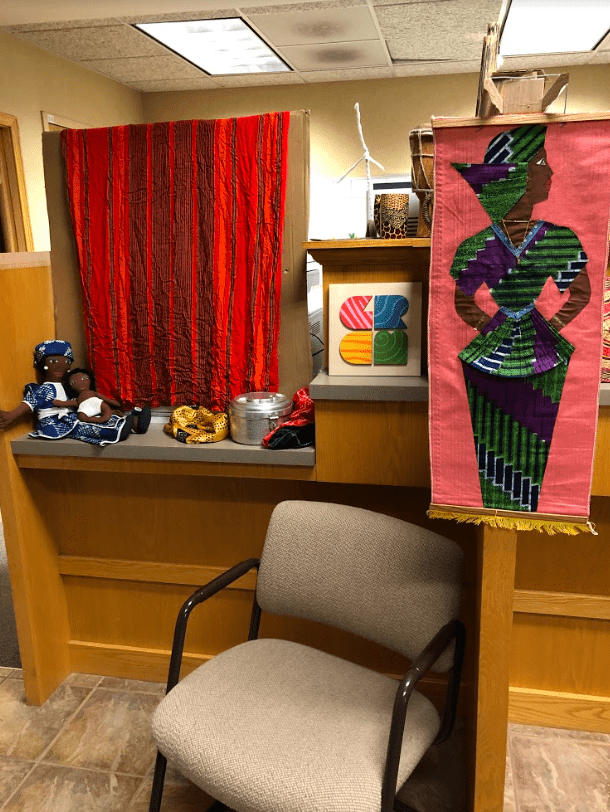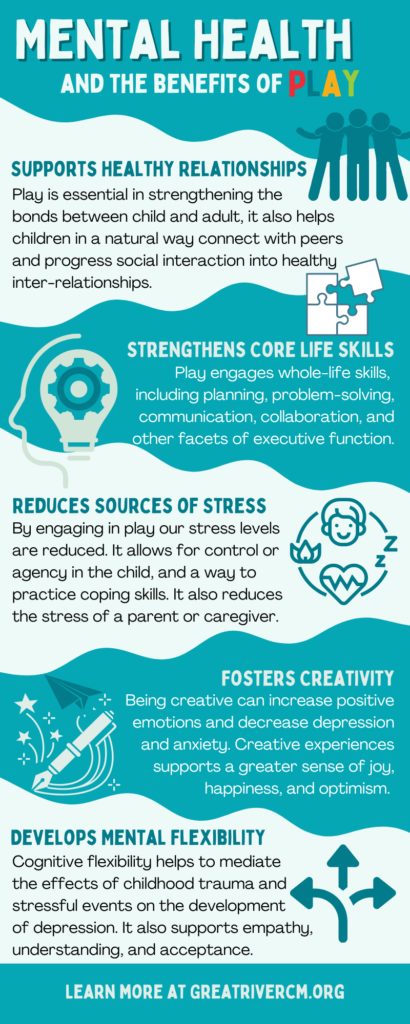New construction is within sight
Design rendering of the Headwaters exhibit sponsored by Cross Works Foundation
Recent donations have brought Great River Children’s Museum’s capital campaign efforts to more than $8.2 million, more than halfway to the campaign goal.
“We are beyond thrilled to reach this milestone,” said Cassie Miles, executive director of Great River Children’s Museum (GRCM). “Our next milestone is $10.5 million – which we hope to reach before year’s end – so we can begin construction.”
Recent donations include $2.5 million from Cross Works Foundation, $500,000 from an anonymous donor, $500,000 from Joyce and Tom Schlough, $250,000 from Dr. John and Joyce Matsuura, and $250,000 from Minnwest Bank.
GRCM currently is in the fundraising phase of museum development with a current campaign goal of $13.5 million. To date, more than 250 organizations and individuals have donated or pledged their financial support to bring the second largest children’s museum in Minnesota to our region. Coborn’s Family Foundation as well as Barbara and Rollie Anderson sponsored the museum’s first two core exhibits, Climber to the Clouds and Great Big River, each for $1 million.
At the same time, GRCM is working with three exhibit companies to finalize designs and begin fabricating core museum exhibits. Interior demolition of the museum’s 25,000-square-foot facility in downtown St. Cloud began in December 2021. More than 21 tons of demolition debris was recycled or salvaged as the museum gears up for the construction phase.
“Our volunteer team has been working tirelessly the past two years to bring necessary funds in the door,” Miles said. “The passion and enthusiasm for this project becomes more and more pronounced as we close in on the reality of starting construction. We are always looking for more volunteers to help us raise the additional funds.”


